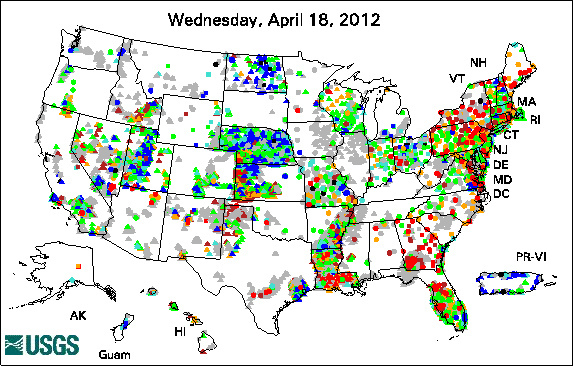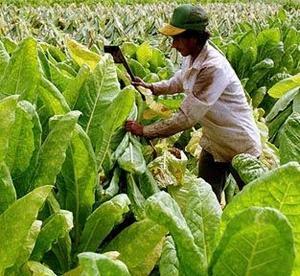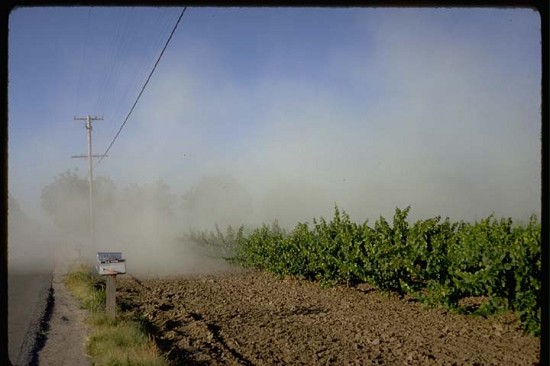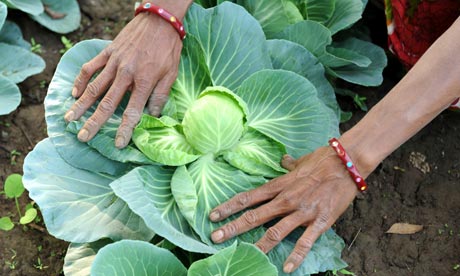 Fox News hired Jane Akre and a couple of other reporters as an
investigative unit and did a snazzy promo about that.
The first case they investigated was Monsanto’s bovine growth hormone, RBGH.
This is the whistleblower story behind the
Fox Can Lie lawsuit.
Fox News hired Jane Akre and a couple of other reporters as an
investigative unit and did a snazzy promo about that.
The first case they investigated was Monsanto’s bovine growth hormone, RBGH.
This is the whistleblower story behind the
Fox Can Lie lawsuit.
ITN in the U.K. reporting about Health Canada’s report on bovine growth hormone:
Monsanto’s engineered growth hormone did not comply with safety requirements. It could be absorbed by the body, and therefore did have implications for human health. Mysteriously, that conclusion was deleted from the final, published version of their report.
That was for a product that U.S. EPA had approved with little or no testing. Fox’s investigative unit had the story, but Monsanto threatened to sue Fox. Watch the video for the details.
Eventually, Akre sued Fox. She won, but Fox won on appeal. An appeal that established that Fox can lie.
-jsq
PS: Owed to Paul Hollands.














